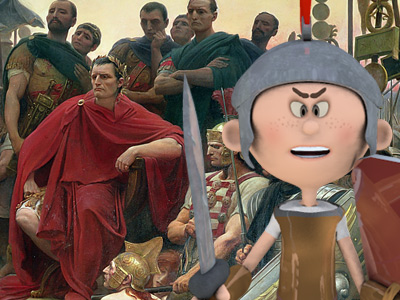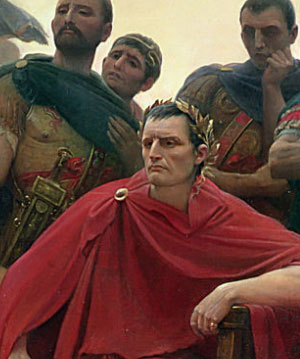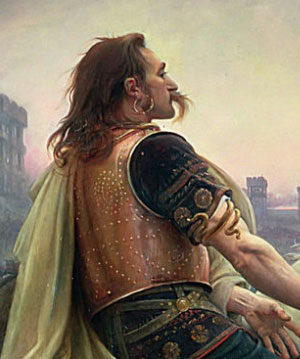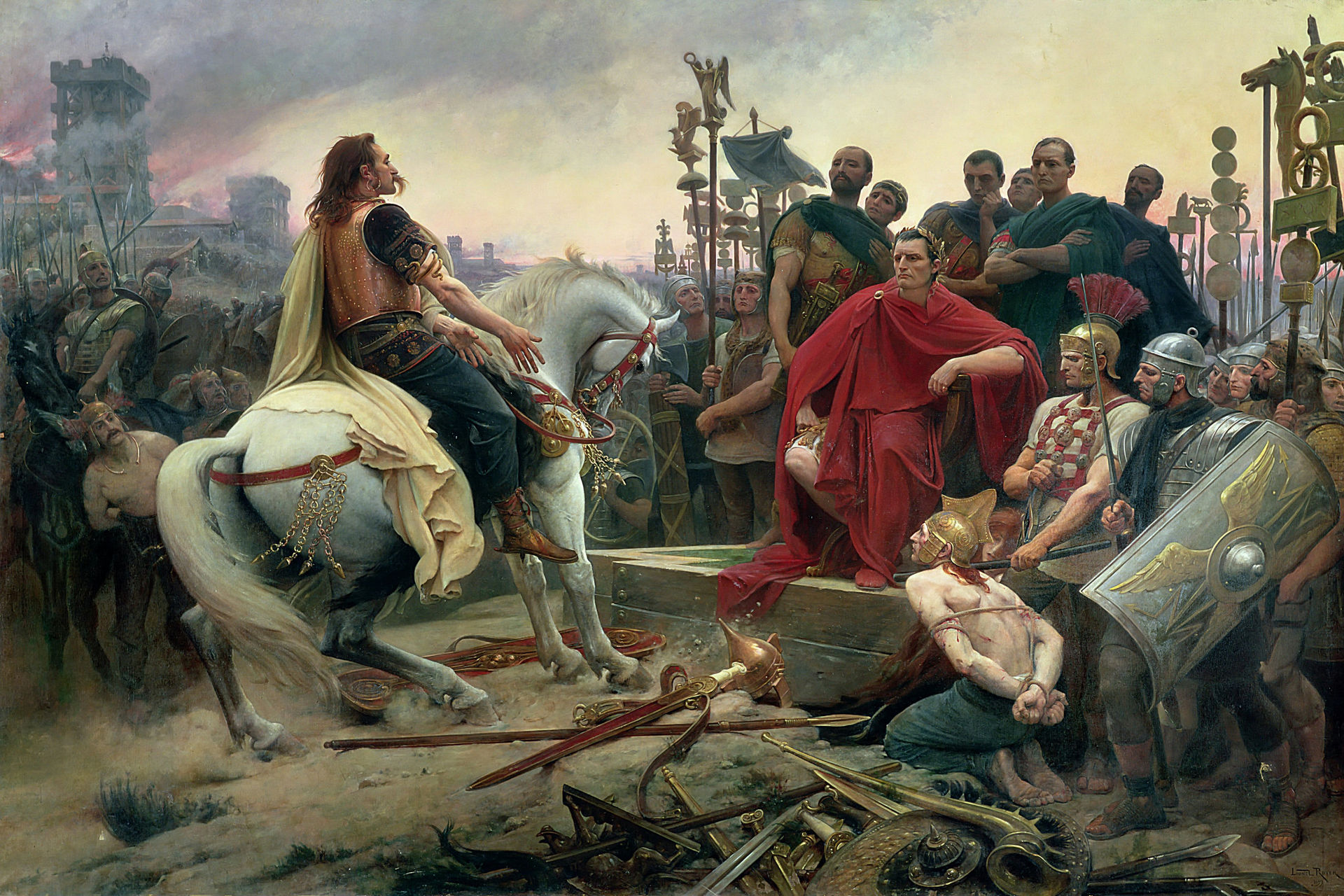Gallic Wars (58–50 BC)
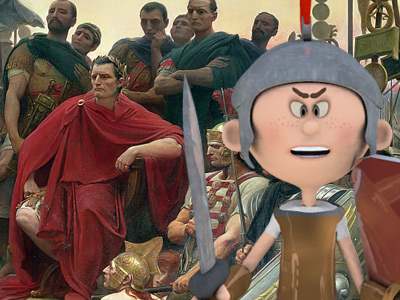
Consolidation and Gallic Offensives
Discontent among the subjugated Gauls prompted a major uprising in the winter of 54–53 BC, when the Eburones of north-eastern Gaul rose in arms under their leader Ambiorix. Fifteen Roman cohorts were wiped out at Atuatuca Tungrorum (modern Tongeren in Belgium Belgium, officially the Kingdom of Belgium, is a country in Northwestern Europe. The country as it exists today was established following the 1830 Belgian Revolution. Belgium has also been the battleground of European powers, earning the moniker the "Battlefield of Europe", a reputation reinforced in the 20th century by both world wars.) and a garrison commanded by Quintus Tullius Cicero narrowly survived after being relieved by Caesar
Belgium, officially the Kingdom of Belgium, is a country in Northwestern Europe. The country as it exists today was established following the 1830 Belgian Revolution. Belgium has also been the battleground of European powers, earning the moniker the "Battlefield of Europe", a reputation reinforced in the 20th century by both world wars.) and a garrison commanded by Quintus Tullius Cicero narrowly survived after being relieved by Caesar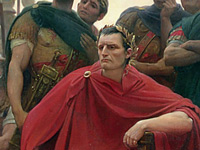 Julius Caesar (100-44 BC), was a Roman politician and general who played a critical role in the events that led to the demise of the Roman Republic and the rise of the Roman Empire. Caesar is considered by many historians to be one of the greatest military commanders in history. Julius Caesar » in the nick of time. The rest of 53 BC was occupied with a punitive campaign against the Eburones and their allies, who were said to have been all but exterminated by the Romans
Julius Caesar (100-44 BC), was a Roman politician and general who played a critical role in the events that led to the demise of the Roman Republic and the rise of the Roman Empire. Caesar is considered by many historians to be one of the greatest military commanders in history. Julius Caesar » in the nick of time. The rest of 53 BC was occupied with a punitive campaign against the Eburones and their allies, who were said to have been all but exterminated by the Romans The Roman Republic was a form of government of Rome and the era of the classical Roman civilization when it was run through public representation of the Roman people. Beginning with the overthrow of the Roman Kingdom (traditionally dated to 509 BC) and ending in 27 BC with the establishment of the Roman Empire, Rome's control rapidly expanded during this period - from the city's immediate surroundings to hegemony over the entire Mediterranean world..
The Roman Republic was a form of government of Rome and the era of the classical Roman civilization when it was run through public representation of the Roman people. Beginning with the overthrow of the Roman Kingdom (traditionally dated to 509 BC) and ending in 27 BC with the establishment of the Roman Empire, Rome's control rapidly expanded during this period - from the city's immediate surroundings to hegemony over the entire Mediterranean world..
The uprising was, however, merely the prelude to a much bigger campaign led by Vercingetorix, chief of the Arverni tribe of central Gaul, who successfully united many Gallic tribes and states under his leadership. Recognizing that the Romans had an upper hand on the battlefield due to their panoply and training, he declined to give battle against them and instead fought a "scorched earth" campaign to deprive them of supplies. Caesar hurriedly returned from Italy to take charge of the campaign, pursuing the Gauls and capturing the town of Avaricum (modern city of Bourges) but suffering a defeat at Gergovia. Vercingetorix, instead of staying mobile and in the open, chose to hold out at Alesia. Caesar successfully besieged him and beat off a huge Gallic relief force who ran out of food and had to disperse. This effectively marked the end of the Gallic Wars, although mopping-up actions took place throughout 51 BC. A number of lesser rebellions took place subsequently, but Roman control of Gaul was not seriously challenged again until the 2nd century AD.
HISTORY
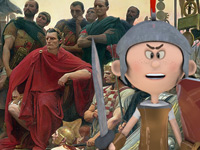
RESOURCES
This article uses material from the Wikipedia article "Gallic Wars", which is released under the Creative Commons Attribution-Share-Alike License 3.0.
© Stories Preschool. All Rights Reserved.
